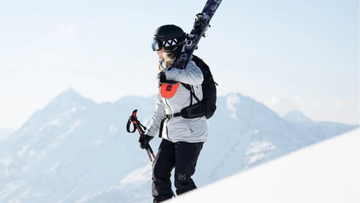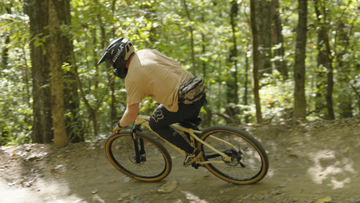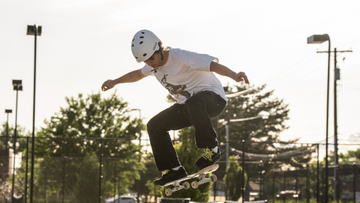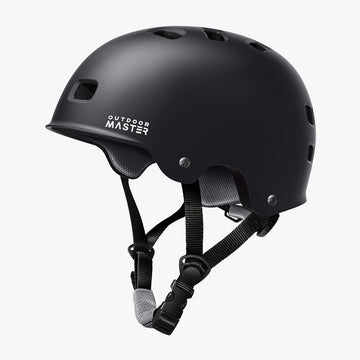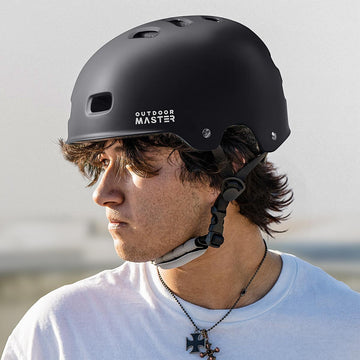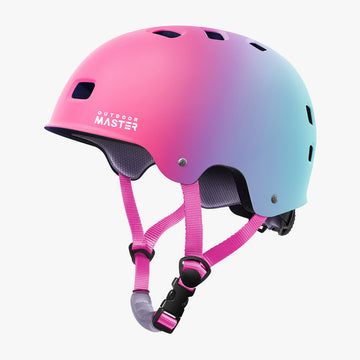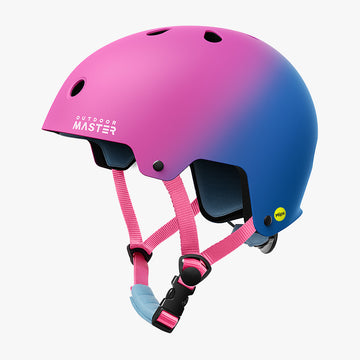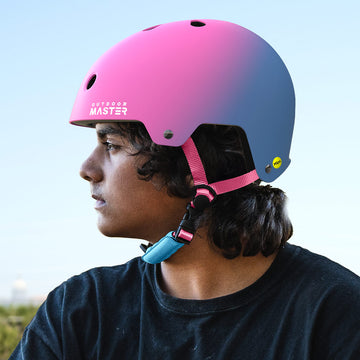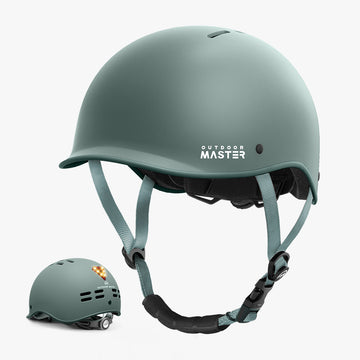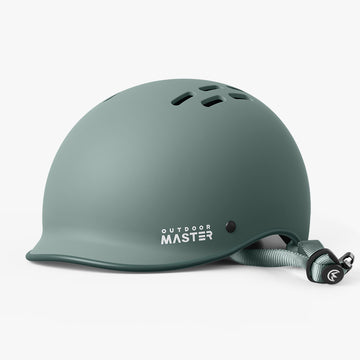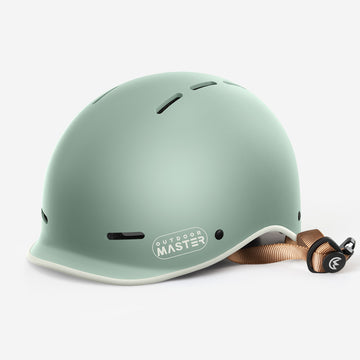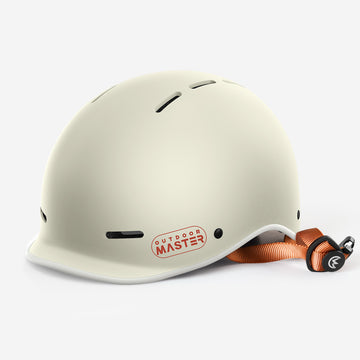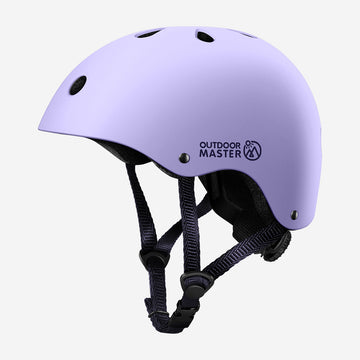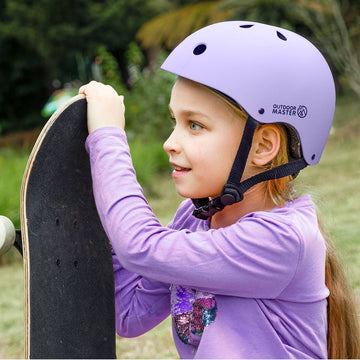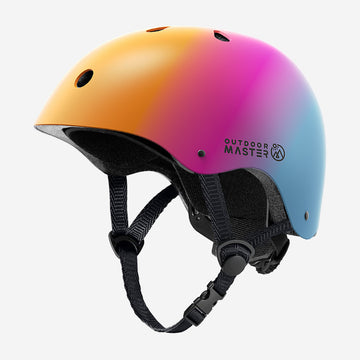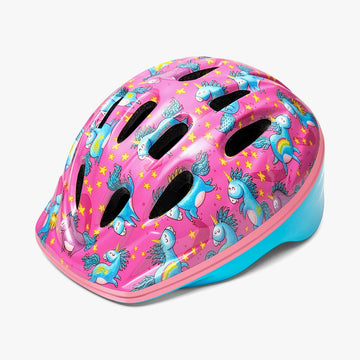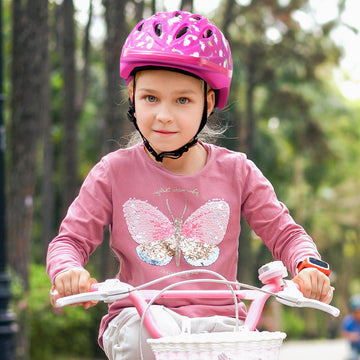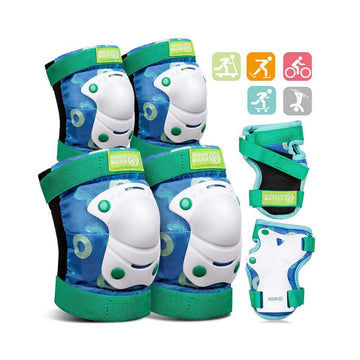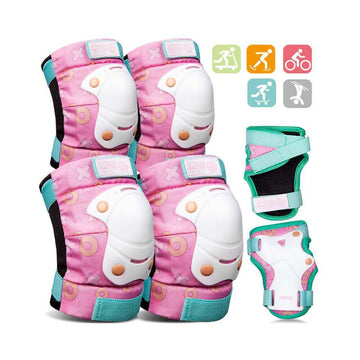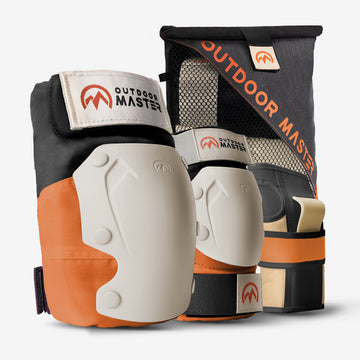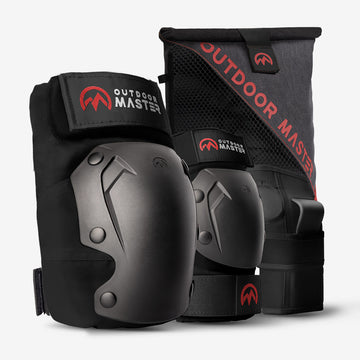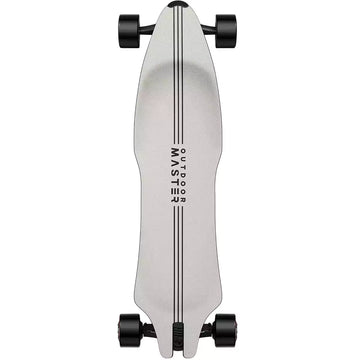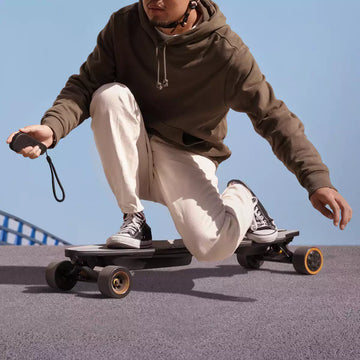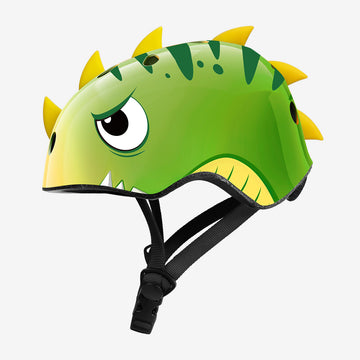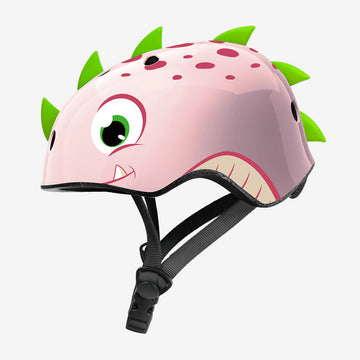Skate | Outdoor Master®

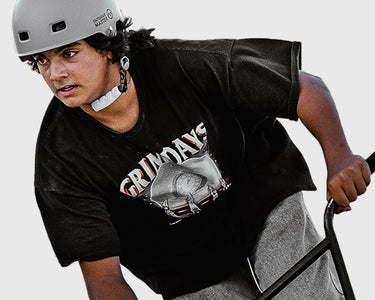
Filters
ORYX Skateboard Helmet
637 reviews
Regular price
$45.99
Sale price
$45.99
Regular price
Unit price
/
Features Skateboard Helmet: Superior Safety Standards Our skateboard helmet is certified by both ASTM (American...
ORYX Skateboard Helmet Chameleon Edition
145 reviews
Regular price
$59.90
Sale price
$59.90
Regular price
Unit price
/
Features Skateboard Helmet: Superior Safety Standards Our skateboard helmet is certified by both ASTM (American...
ORYX MIPS Skateboard Helmet
56 reviews
Regular price
$59.99
Sale price
$59.99
Regular price
Unit price
/
Features MIPS Security System The helmet features the patented MIPS system, which protects your head...
GOAT Skate & Cycling Helmet with Light
87 reviews
Regular price
$45.99
Sale price
$45.99
Regular price
Unit price
/
Features High Position Rear Light Be Visible Be Safe When riding a bike, safety should...
GOAT Urban Skateboard & Road Bike Helmet
42 reviews
Regular price
$39.99
Sale price
$39.99
Regular price
Unit price
/
Features Certified Quality & Professional Head Protection The helmet's strong and durable outer shell is...
ORYX Kids Skateboard Cycling Helmet
141 reviews
Regular price
$35.99
Sale price
$35.99
Regular price
Unit price
/
Features SKATEBOARD HELMET FOR KIDS: ASTM & CPSC CERTIFIED Kids skateboard helmet is optimized for...
ORYX Kids Skateboard & Bike Helmet Edition
141 reviews
Regular price
$35.99
Sale price
$35.99
Regular price
Unit price
/
Features Skateboard Helmet: Superior Safety Standards Our skateboard helmet is certified by both ASTM (American...
IMPALA Kids & Toddler Bike Helmet
40 reviews
Regular price
$35.99
Sale price
$35.99
Regular price
Unit price
/
Features KID'S BIKE HELMET: ASTM & CPSC CERTIFIED SAFETY Our multi-sport helmet is certified by...
Features ERGONOMIC STRUCTURE DESIGN Ergonomic structure designed for kids/youth from 3-15 years old. All-protective gears...
Regular price
$39.99
Sale price
$39.99
Regular price
Unit price
/
Orange
Black
Pink
Green
Features Ultimate Protection OutdoorMaster's pads combine hard-wearing ABS shells with high-density EVA foam for unbeatable...
Electric Skateboard-Caribou
26 reviews
Regular price
$479.99
Sale price
$479.99
Regular price
Unit price
/
Features POWERFUL MOTOR Featuring 2*1000W hub motors that effortlessly tackle a 35-degree slope at speeds...
Fun Animal Design Helmet for Kids & Toddlers
52 reviews
Regular price
$44.99
Sale price
$44.99
Regular price
Unit price
/
Green Dinosaur
Pink Dinosaur
Black Shark
Yellow-Pink Shark
Features Built for Safety High-strength PVC shell and EPS foam provide impact resistance, 11 vents...
Sort by
- Featured
- Best selling
- Alphabetically, A-Z
- Alphabetically, Z-A
- Price, low to high
- Price, high to low
- Date, old to new
- Date, new to old


